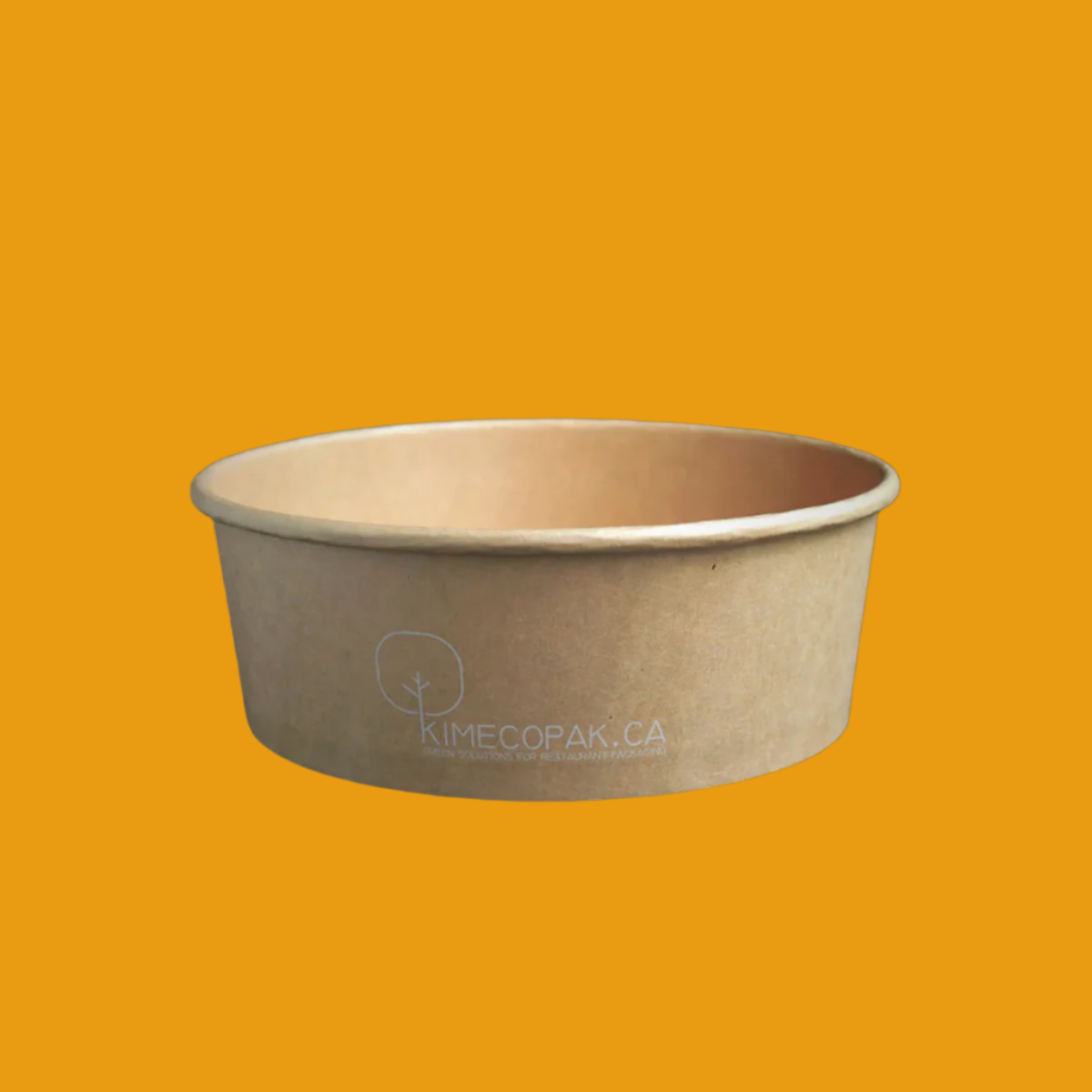Ghost kitchen brands also known as virtual or cloud kitchen operators are redefining the food industry by focusing solely on delivery-based dining experiences. Unlike traditional restaurants, ghost kitchens operate without a storefront or dining area, preparing meals exclusively for online orders through platforms like Uber Eats, DoorDash, and SkipTheDishes.
The COVID-19 pandemic accelerated the rise of this innovative model, prompting both startups and established food chains to explore ghost kitchen opportunities. Today’s top ghost kitchen brands are not only meeting the demand for convenience and fast delivery they’re also leveraging advanced logistics, shared spaces, and scalable concepts to dominate the market.
-
Best Places for Ghost Kitchens: A Guide to Profitable Markets
-
Cloud Kitchen vs Ghost Kitchen: An Overview
What is a Ghost Kitchen? Why Has This Model Boomed After the Pandemic?

A ghost kitchen, also known as a virtual kitchen or cloud kitchen, is a food preparation and cooking facility that serves only online orders. Unlike traditional restaurants, ghost kitchens do not have a physical dining space for customers. Instead, they focus entirely on delivering meals directly to consumers through popular food delivery apps and services.
The COVID-19 pandemic has significantly influenced the food industry, propelling the growth of the ghost kitchen model. Here are a few key reasons for this trend:
- Low Startup Cost: Starting a ghost kitchen can be far less expensive than opening a traditional restaurant. There is no need to invest in a front-of-house space, which significantly cuts down initial setup costs.
- Flexibility: Ghost kitchens allow for greater adaptability in menu offerings. Entrepreneurs can quickly adjust their food offerings based on customer preferences and demands without the constraints of a physical dining environment.
- Alignment with Rising Food Delivery Trends: With more consumers preferring to order food online, ghost kitchens tap into the increasing reliance on food delivery services. The convenience of ordering from the comfort of home has made online delivery a staple in the food industry.
Benefits for Restaurant Owners and F&B Startups
Ghost kitchens present numerous advantages for both new and established food businesses:
- Easy to Scale: Operators can quickly open additional locations without the overhead associated with traditional restaurants. This allows for rapid scaling to meet demand.
- Test New Menus: Ghost kitchens create a perfect environment for experimentation. Owners can pilot new dishes and concepts with minimal risk and respond to consumer feedback promptly.
- Reduce Financial Risks: By minimizing upfront costs and ongoing expenses, ghost kitchens lower overall financial exposure. This can be particularly beneficial for startups navigating the uncertain waters of the food business.
Top Ghost Kitchen Brands Worldwide

Ghost Kitchen Brands (Canada & USA)
Ghost Kitchen Brands operates multiple food brands from a single kitchen, offering a diverse array of cuisine options.
- Business Model: This innovative model allows the brand to cater to various consumer tastes and preferences while maximizing kitchen efficiency and cost-effectiveness.
- Highlight: By partnering with well-known food brands, Ghost Kitchen Brands has expanded rapidly across North America, demonstrating the model's viability and appeal.
CloudKitchens (USA)
Founded by Travis Kalanick, the former CEO of Uber, CloudKitchens is redefining the ghost kitchen landscape.
-
Model: The business leases kitchen space to food brands and offers essential logistics and technical support, making it easier for operators to focus on creating great food rather than managing day-to-day operations.
Kitchen United
Kitchen United provides shared kitchen spaces with integrated technology solutions, which are ideal for brands looking to expand.
-
Feature: These shared spaces reduce costs and share resources, making it easier for companies to grow without the burden of heavy financial investments.
Nextbite
Nextbite is another innovative player in the ghost kitchen space.
-
Model: This company develops virtual restaurant brands and collaborates with existing restaurants to utilize their kitchen capacity, maximizing efficiency and reducing waste.
Rebel Foods (India)
Founded in 2011, Rebel Foods has become a major player in the ghost kitchen market in India.
- Top Brands: Its portfolio includes popular brands like Faasos, Behrouz Biryani, and Oven Story, which resonate well with consumers.
- Model: Operating over 450 cloud kitchens across multiple countries, Rebel Foods exemplifies the potential of ghost kitchens to scale quickly while maintaining strong brand identities.
Exploring this emerging trend offers valuable insights for both aspiring entrepreneurs and established restaurant owners looking to adapt and thrive in a changing environment.
Who Is the Ghost Kitchen Model Suitable For?

Restaurant Owners Looking to Expand
Many restaurant owners are eager to test new concepts or expand their existing brands without the hefty investment of opening a full location. Ghost kitchens provide an ideal platform to experiment with different menus or cuisines. For instance, a popular pizzeria could launch a ghost kitchen offering vegan or gluten-free options to cater to a broader audience. This approach not only allows restaurant owners to gauge customer interest but also minimizes financial risk.
F&B Startups
For food and beverage startups, entering the market can be a daunting challenge, especially when it comes to securing funding and managing operational costs. Ghost kitchens represent a low-risk entry point, allowing for a more flexible business model. Startups can launch with a limited menu, test different recipes, and adjust based on customer feedback without the overhead costs associated with a physical restaurant. For example, a food truck could transition into a ghost kitchen, offering delivery services without needing a brick-and-mortar presence.
Investors
From an investor’s perspective, ghost kitchens present high-growth opportunities. They are scalable and focused on delivery, which aligns with the increasing demand for convenience in food service. The business model allows investors to fund multiple kitchens with varied concepts under one roof, ensuring a diverse portfolio. Consider companies like Uber Eats or DoorDash, which have successfully tapped into the ghost kitchen trend, providing rapid growth potential for those looking to invest in the food service sector.
Key Considerations When Launching a Ghost Kitchen

Location
Choosing the right location for a ghost kitchen is crucial. Areas with high population density and a strong demand for delivery services are ideal. Using data analytics to assess local culinary trends and customer behavior can help identify the best spots. For example, launching a ghost kitchen in a college town or a busy urban neighborhood can significantly increase delivery orders and profitability.
Food Quality
Maintaining food quality during delivery is non-negotiable in the ghost kitchen model. It's important to ensure meals retain their flavor and integrity by opting for packaging that keeps dishes warm and preserves their freshness. Partnering with reliable delivery services that prioritize quick delivery times can also make a substantial difference. A well-executed ghost kitchen concept can lead to repeat customers who appreciate the quality of the meals they receive.
Order Management
Effective order management is essential to streamline operations in a ghost kitchen. Utilizing modern software solutions can help manage and optimize delivery workflows, from capturing orders to dispatching riders. Simple dashboards can provide valuable insights into peak order times and customer preferences, allowing operators to adjust staffing and inventory accordingly. Investing in training staff to use these tools can optimize efficiency and enhance the overall customer experience.
Conclusion
Ghost kitchens are a modern business model that aligns with the evolving food service landscape. They offer restaurant owners and startups an opportunity to expand their reach and experiment with new concepts while keeping financial commitments manageable. By considering the key factors like location, food quality, and efficient order management, stakeholders can position themselves to thrive in this innovative market.
Restaurant owners and startups should seriously consider the ghost kitchen model as a viable way to grow and increase revenue in a competitive food delivery market. Embracing this approach could pave the way for success in the ever-changing dining landscape.









